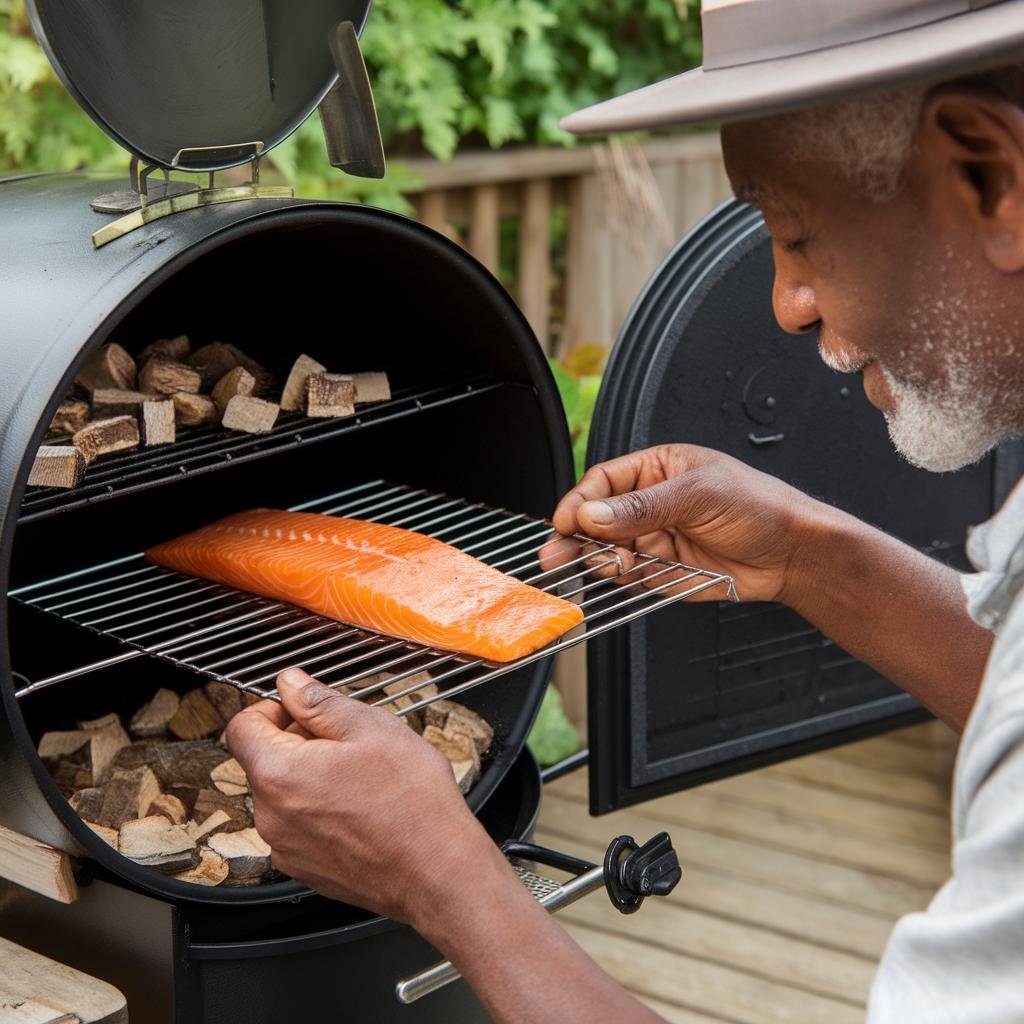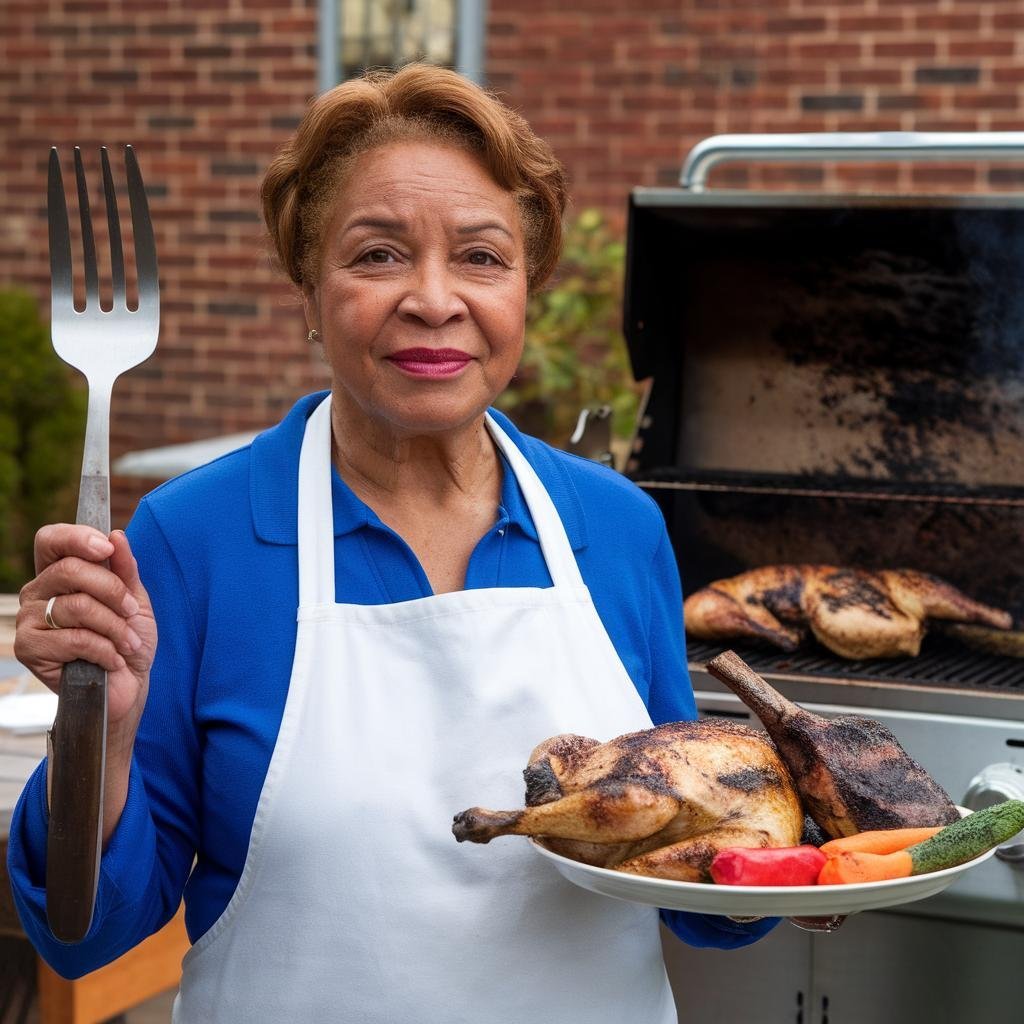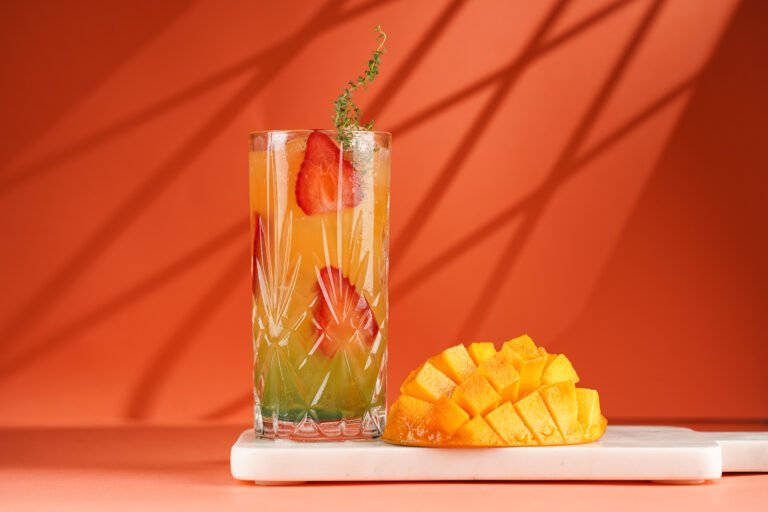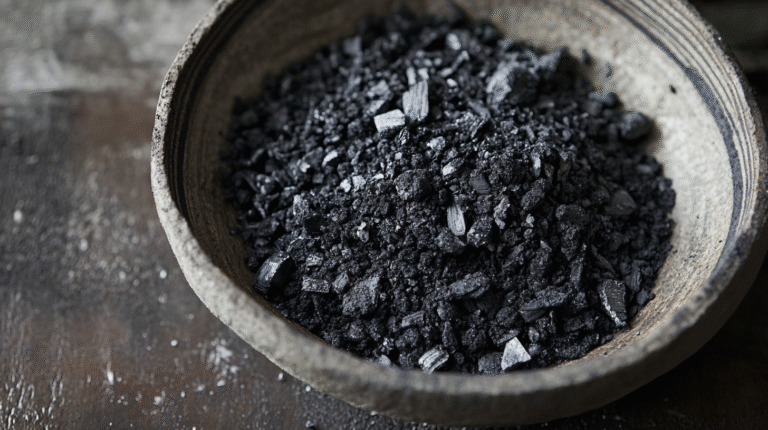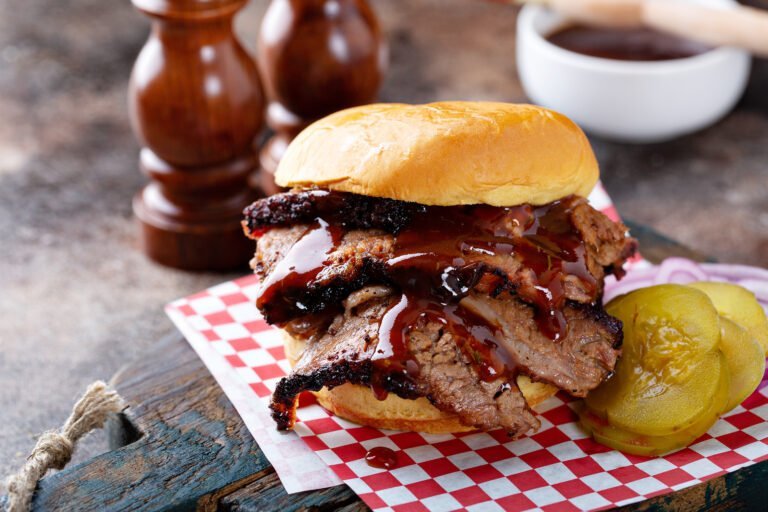Disclosure: This Post Contains Affiliate Links; We earn a commission on purchases.
When it comes to smoking food, there are two popular methods: cold smoking and hot smoking. While both techniques involve infusing food with a smoky flavor, there are key differences that set them apart. Let’s take a closer look at the disparities between cold smoking and hot smoking, including their techniques, flavors, temperatures, and more.
Key Takeaways:
- Cold smoking is used for preservation and imparts a subtle smoky flavor without fully cooking the food.
- Hot smoking involves both cooking and flavoring the food at higher temperatures.
- Cold smoking is typically done after curing the food, while hot smoking is a simultaneous cooking and smoking process.
- The choice between cold smoking and hot smoking depends on personal preference and the desired outcome, whether it’s a mild or intense smoky flavor
- Experiment with different wood chips to find the flavor that suits your taste and enhances the smoking experience.
Cold Smoking: Flavourful Preservation
Cold smoking is a method of flavoring and preserving food. It is often used for foods that can be eaten raw, such as fish, cheese, and vegetables. Before cold smoking, the food is generally cured to draw out moisture and allow the smoke to penetrate better. This helps create a smoky-flavored end product.
Cold smoking is also known for its antibacterial properties due to the smoke particles. The smoke contains compounds that have antibacterial effects, helping to inhibit the growth of harmful bacteria on the surface of the food. This makes cold smoking an effective method for preserving raw food.
However, controlling the smoke temperature is crucial, especially for foods that are eaten raw after smoking. If the smoke temperature is too high, it can result in overcooking or drying out the food, leading to an excessively smoky taste. To achieve the desired outcome, it is important to cure the food before cold smoking.
Hot Smoking: Cooking with Smoky Flavors
If you’re looking to infuse your food with a rich and smoky flavor, hot smoking is the way to go. This method involves cooking the food alongside smoldering wood and smoke, creating a delicious fusion of flavors that is sure to tantalize your taste buds.
During hot smoking, the food is placed in a smoking chamber alongside the fire that produces the smoke. This allows the food to be slowly cooked while absorbing the aromatic smoke, resulting in tender and juicy dishes with a distinct smoky flavor.
One of the key factors in hot smoking is temperature control. The smoking chamber is typically maintained at a temperature range of 80 to 150°C, ensuring that the food reaches a safe internal temperature while still being infused with the smoky essence.
To achieve the desired flavors, it’s important to choose the right type of wood for smoking. Hardwoods like hickory, maple, and oak are commonly used as they provide a robust and rich smoky flavor. These woods contribute to the overall taste profile of the dish, enhancing the depth of the smokiness.
The duration of the smoking process also plays a role in determining the intensity of the smoky flavor. Longer smoking times result in a more pronounced taste, while shorter smoking durations offer a milder smoky essence. It’s important to monitor the smoking time to ensure the perfect balance of flavors.
Hot smoking offers a versatile and delicious cooking method, making it a favorite among grill and barbecue enthusiasts. Whether you’re smoking ribs, chicken, or vegetables, the smoky flavors imparted by hot smoking will elevate your culinary creations to new heights.
| Hot Smoking Tips: |
|---|
| 1. Maintain a consistent temperature in the smoking chamber to achieve even cooking and flavor distribution. |
| 2. Use hardwoods such as hickory, maple, or oak for a robust and rich smoky flavor. |
| 3. Experiment with different wood chips and combinations to create unique flavor profiles. |
| 4. Keep an eye on the smoking time to ensure the perfect balance of flavors – longer smoking times for a more intense smoky taste, and shorter times for a milder essence. |
| 5. Enjoy the process and savor the delicious results of your hot smoking adventures! |
Choosing the Right Wood for Smoking
When it comes to smoking food, the choice of wood chips plays a crucial role in determining the flavor profile. Different types of wood impart unique flavors, and experimenting with various options can result in delightful culinary creations.
For a mild and sweet smoky flavor, fruit trees such as apple, peach, and cherry are popular choices. These woods complement a wide range of meats, seafood, and vegetables, enhancing their natural flavors without overpowering them.
On the other hand, hardwoods like hickory, maple, and oak offer richer, more robust smoky flavors. These woods are well-suited for heartier meats like beef, pork, and lamb, adding depth and complexity to the dishes.
In Australia, native hardwoods like ironbark, black wattle, and manuka are highly regarded for their distinct smoke flavors. They are often used to infuse an authentic Australian essence into smoked foods.
However, it’s important to note that not all woods are suitable for smoking. Some may produce a bitter or acrid smoke that can ruin the taste of the food. It’s essential to research and choose woods specifically meant for smoking to ensure the best results.
Experimentation is key when it comes to finding the perfect wood flavors for your smoking endeavors. Don’t be afraid to try different combinations and techniques to discover your favorite smoky profiles.
Taste Profile Comparison of Wood Varieties
| Wood Type | Taste Profile |
|---|---|
| Apple | Mild and Sweet |
| Peach | Mild and Fruity |
| Cherry | Mild and Tangy |
| Hickory | Rich and Strong |
| Maple | Subtle and Earthy |
| Oak | Robust and Smoky |
| Ironbark | Bold and Aromatic |
| Black Wattle | Sweet and Nutty |
| Manuka | Distinct and Fragrant |
Experimentation is the key to discovering the perfect wood flavors for your smoking adventures. Each wood variety brings a unique taste profile to the table, allowing you to create custom combinations and tailor the final result to your personal preferences.
Conclusion
In conclusion, when it comes to cold smoking vs hot smoking, each method brings its unique advantages to the table. Cold smoking is perfect for flavoring and preserving food through a drying process, aided by the antibacterial properties of smoke particles. This method provides a subtle smoky flavor that becomes more pronounced with longer smoking times. On the other hand, hot smoking offers a smokier flavor profile and involves cooking the food alongside the smoke, resulting in tender and succulent dishes.
The choice between cold smoking and hot smoking ultimately boils down to personal preference and the desired outcome. Whether you seek a delicately infused smokiness or a more robust flavor, both methods have their place in the world of smoking. It is important to consider the specific needs of the food being smoked, as well as your own taste preferences. Experimentation and exploration will help you discover which technique best suits your culinary endeavors.
So, whether you’re a preservation enthusiast, a flavor connoisseur, or a passionate home cook, cold smoking and hot smoking offer unique approaches to enhance your culinary creations. Embrace the art of smoking and bring the perfect balance of flavor, preservation, and cooking to your dishes, creating memorable dining experiences that cater to your personal preferences.
References

Ryan Conlon is a BBQ enthusiast and inspired chef on a journey through the smoky, savory world of outdoor cooking. Hailing from the heart of the Midwest, Ryan’s passion for grilling ignited during his early years, where family gatherings often revolved around the sizzle of the grill and the aroma of seasoned meats.

